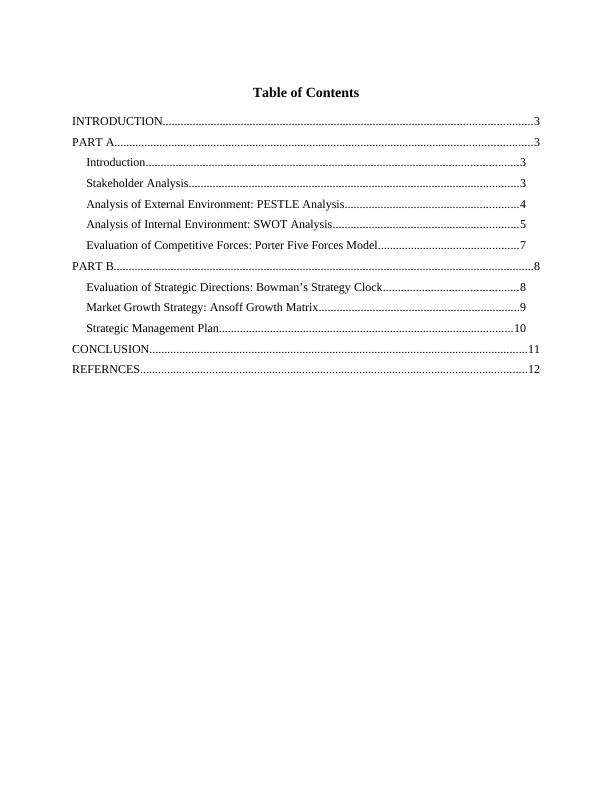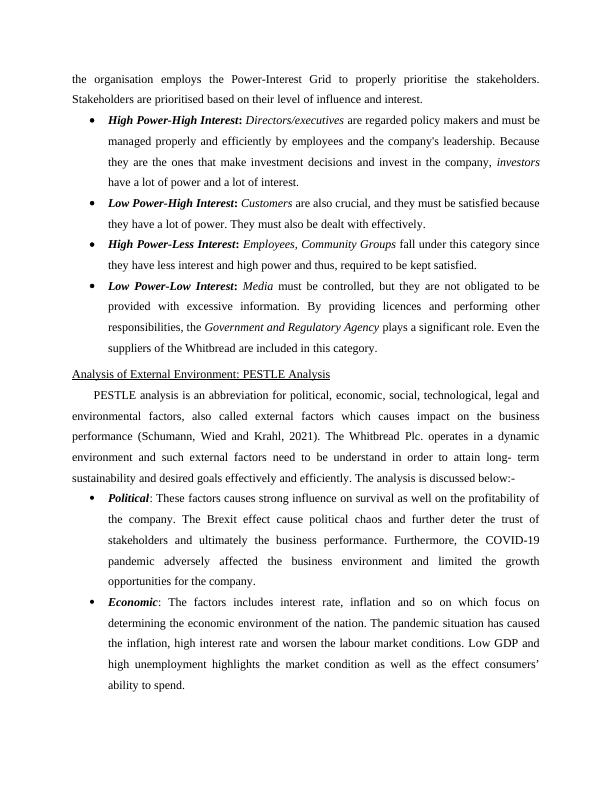Strategic Management in Hospitality: A Case Study of Whitbread Plc.
12 Pages3805 Words247 Views
Added on 2022-11-28
About This Document
This document provides a comprehensive analysis of strategic management practices in the hospitality industry, focusing on a case study of Whitbread Plc. It covers topics such as stakeholder analysis, PESTLE analysis, SWOT analysis, Porter's Five Forces, and Bowman's Strategy Clock. The case study explores the company's internal and external environment, competitive forces, and strategic directions.
Strategic Management in Hospitality: A Case Study of Whitbread Plc.
Added on 2022-11-28
ShareRelated Documents
End of preview
Want to access all the pages? Upload your documents or become a member.
Strategic Hospitality Management ( Distinction Criteria )
|14
|4756
|95
Hospitality Business Strategy
|13
|3748
|294
Hospitality Business Strategy: Analysing Macro and Internal Environment for Whitebread Plc
|14
|4232
|129
Strategic Hospitality Management
|13
|3954
|472
Business Strategic Plan of Whitbread Plc
|7
|1909
|95
Hospitality Business Strategy.
|17
|4967
|75




